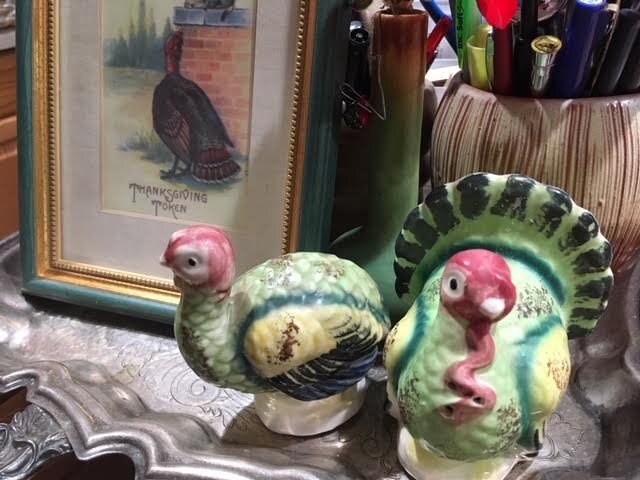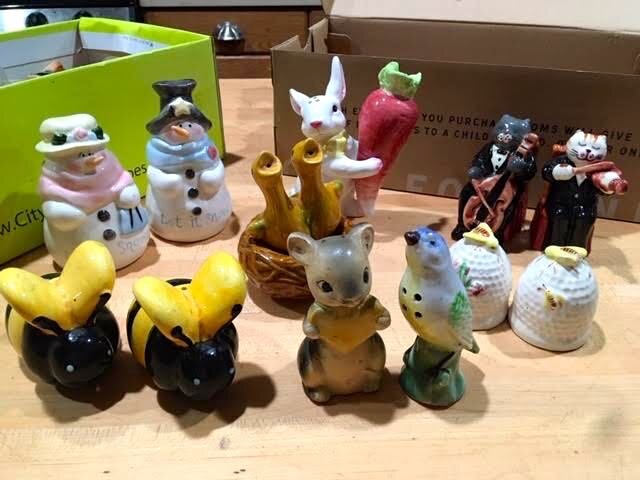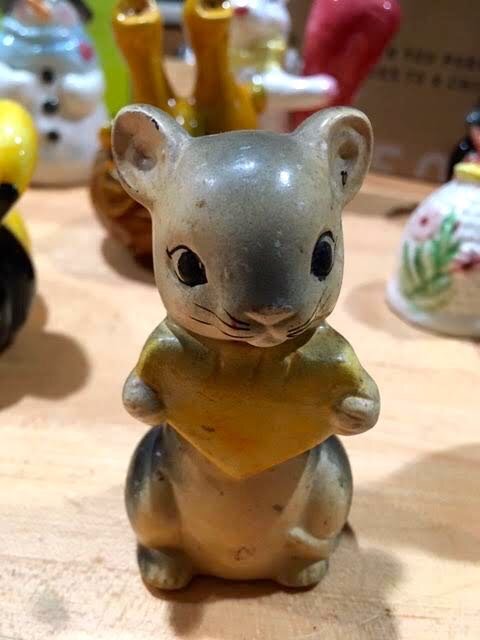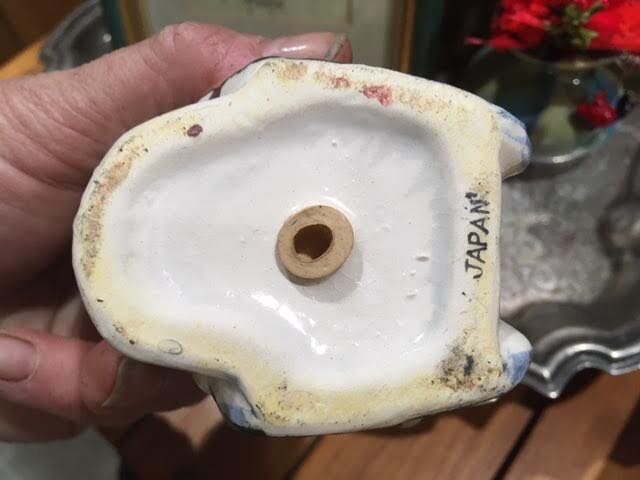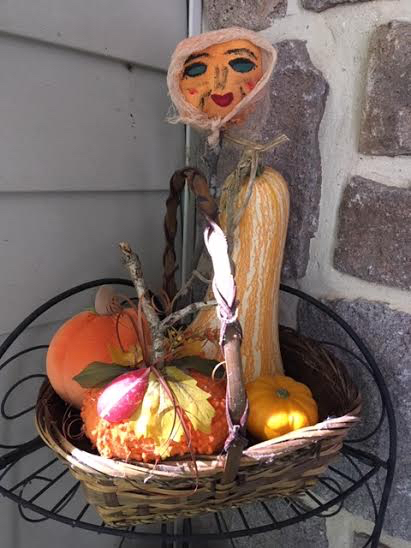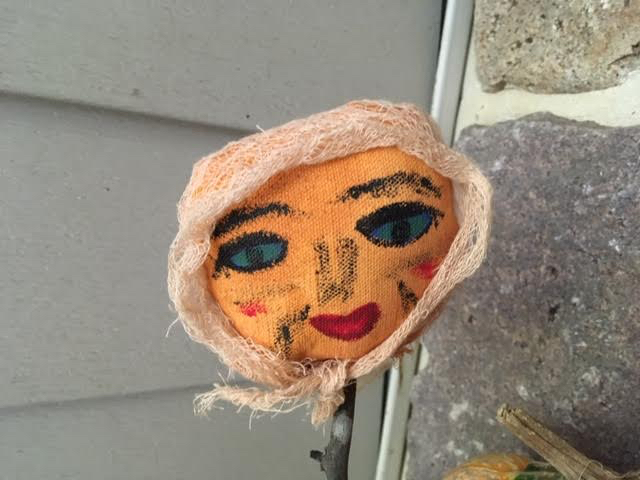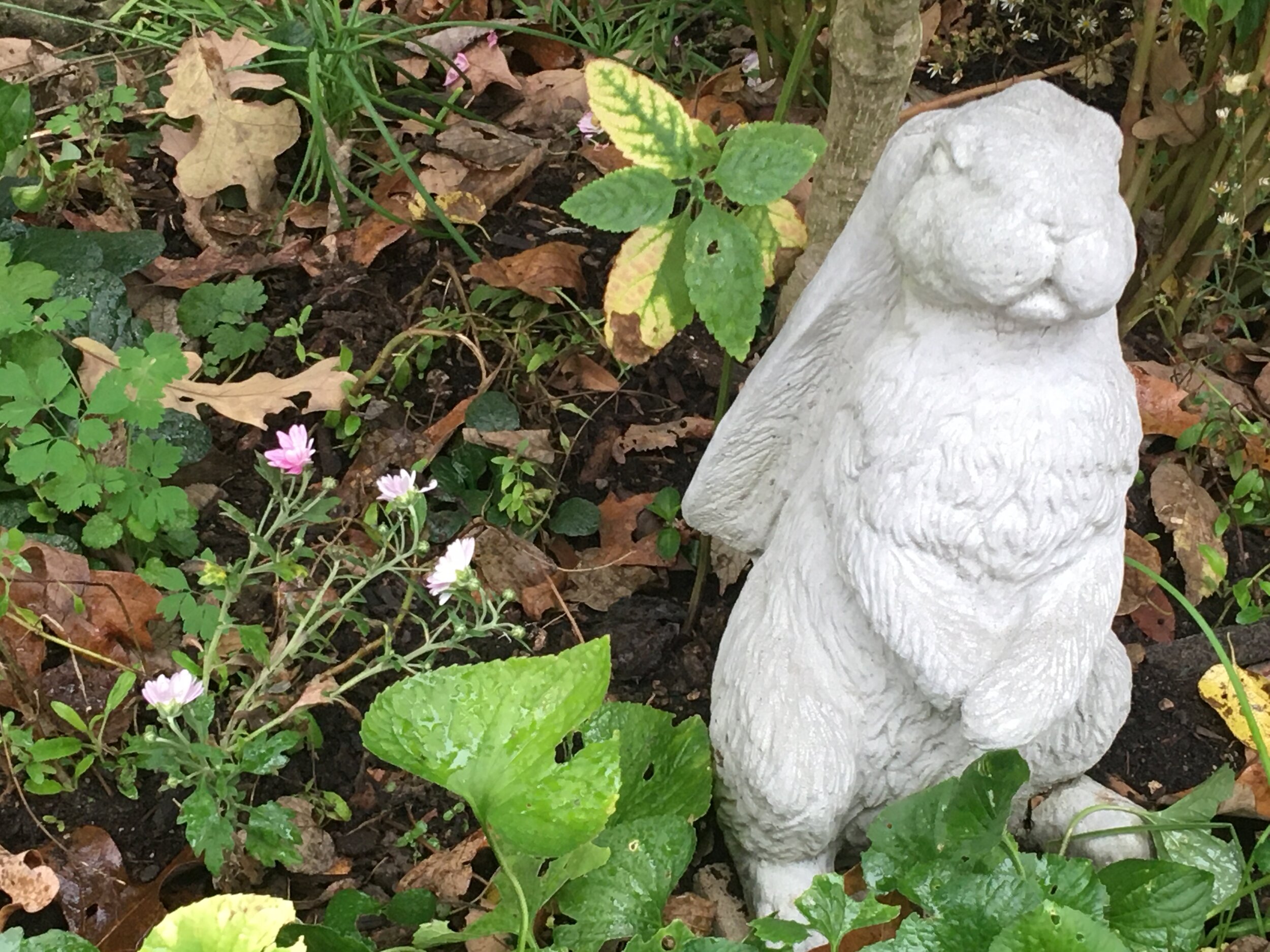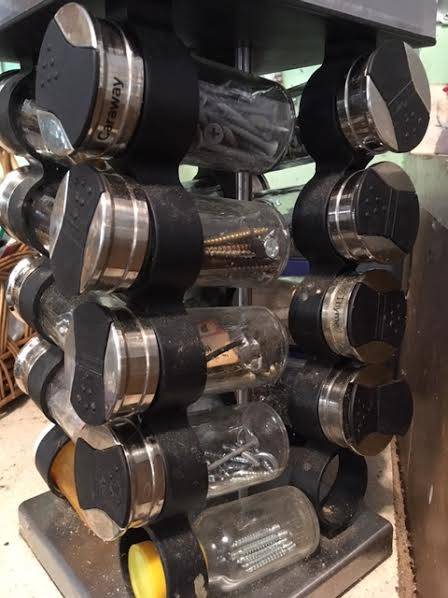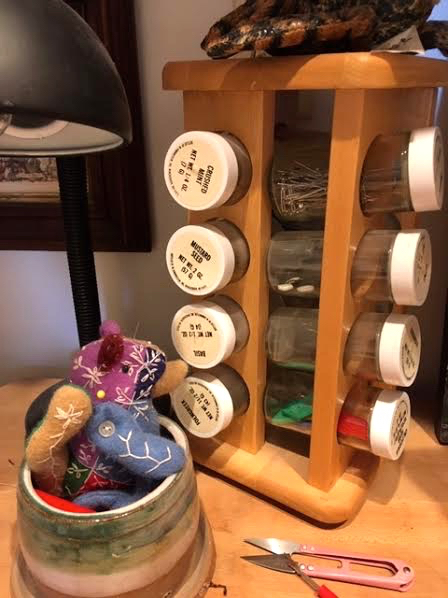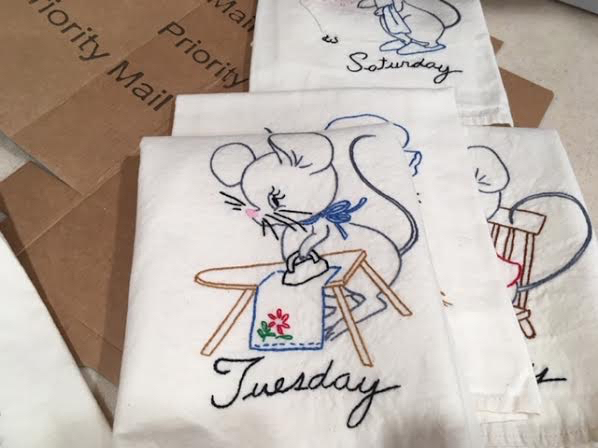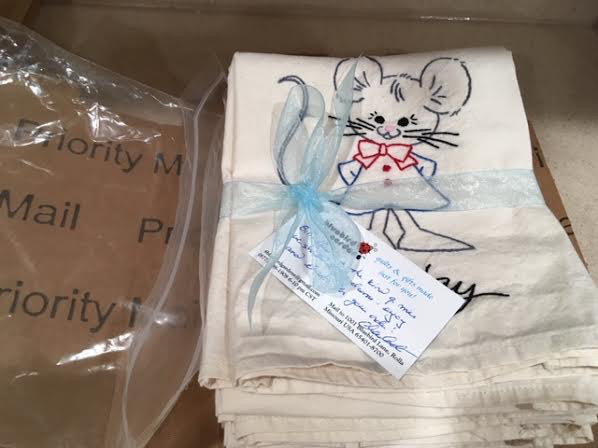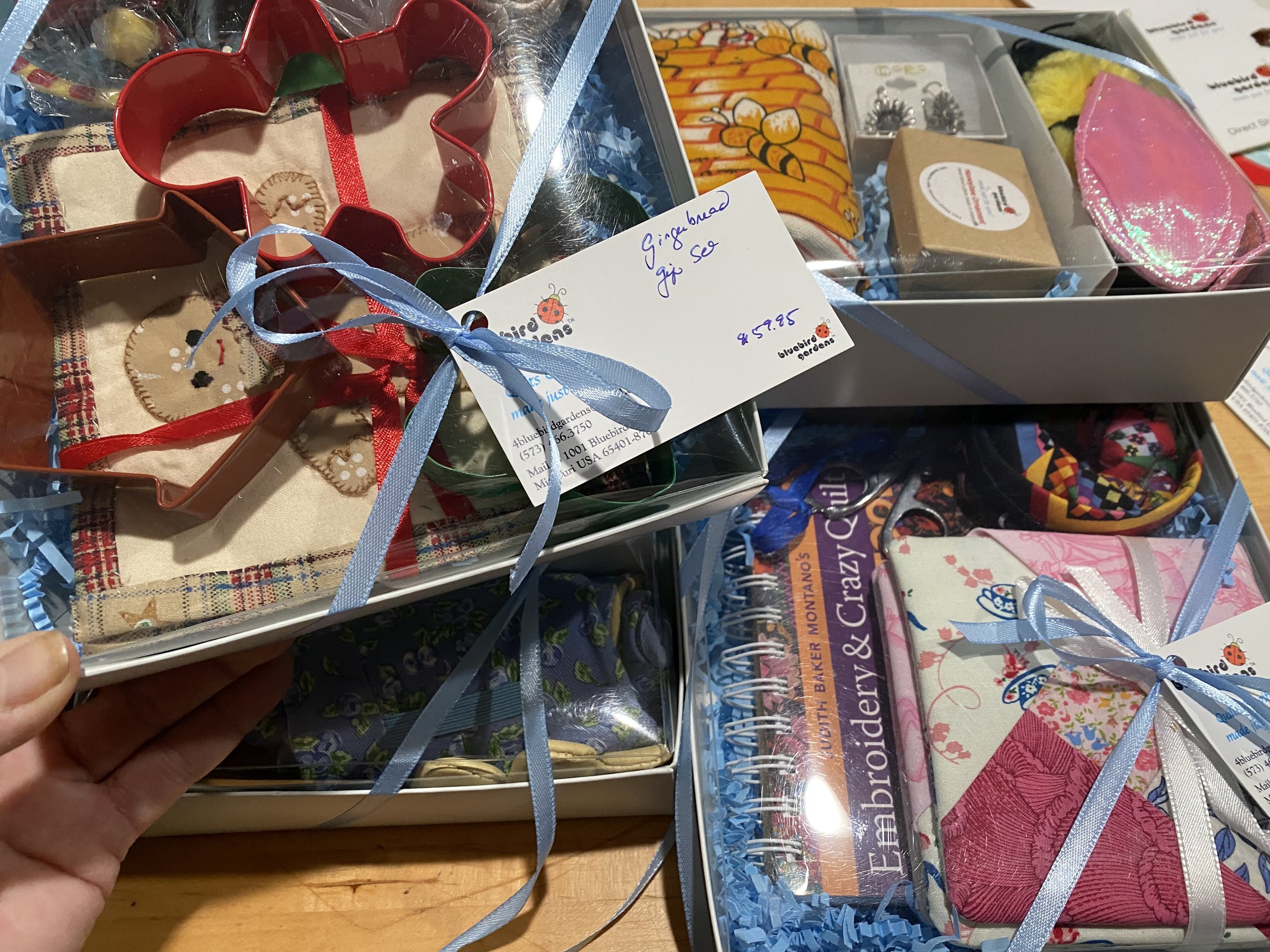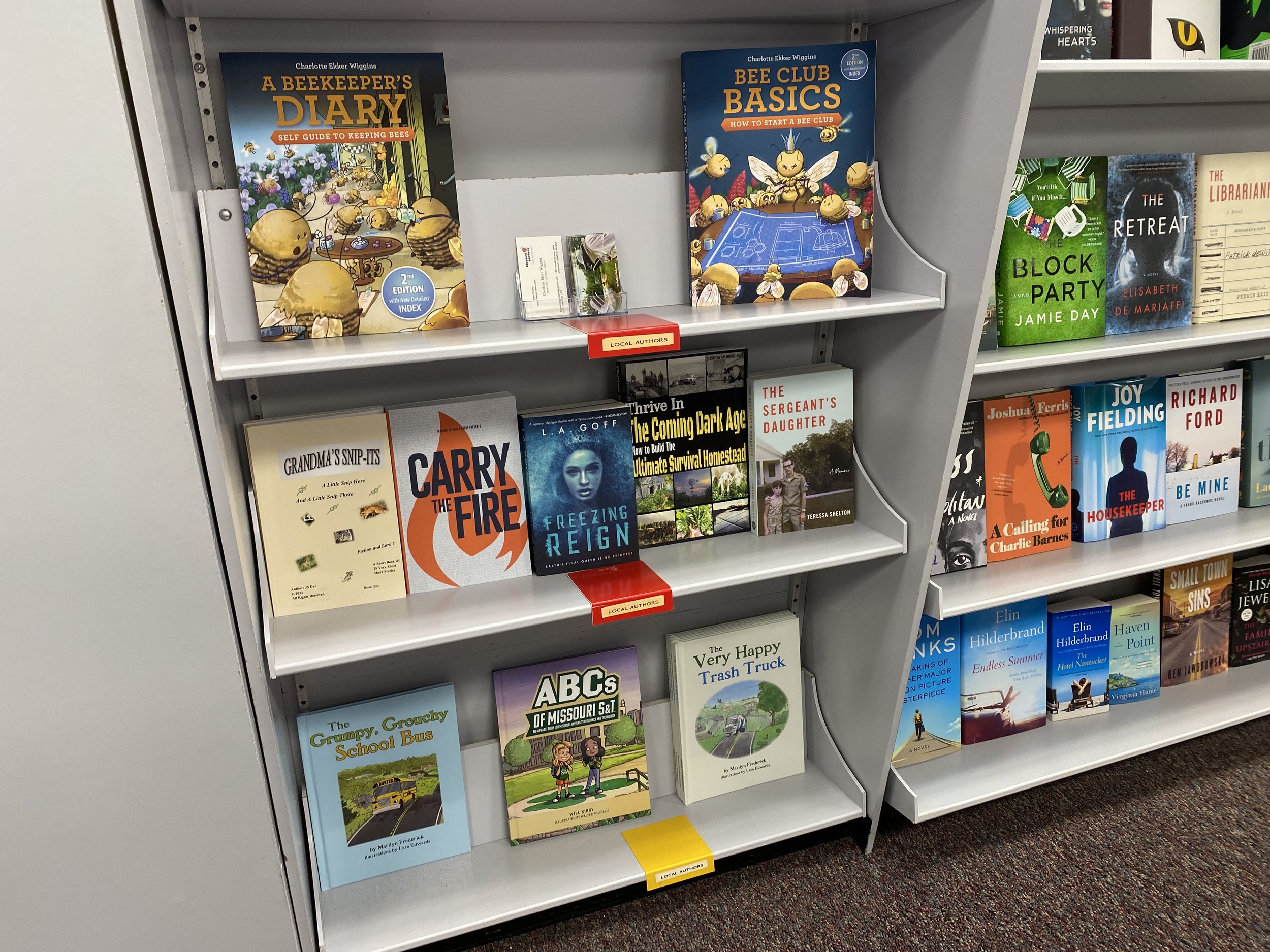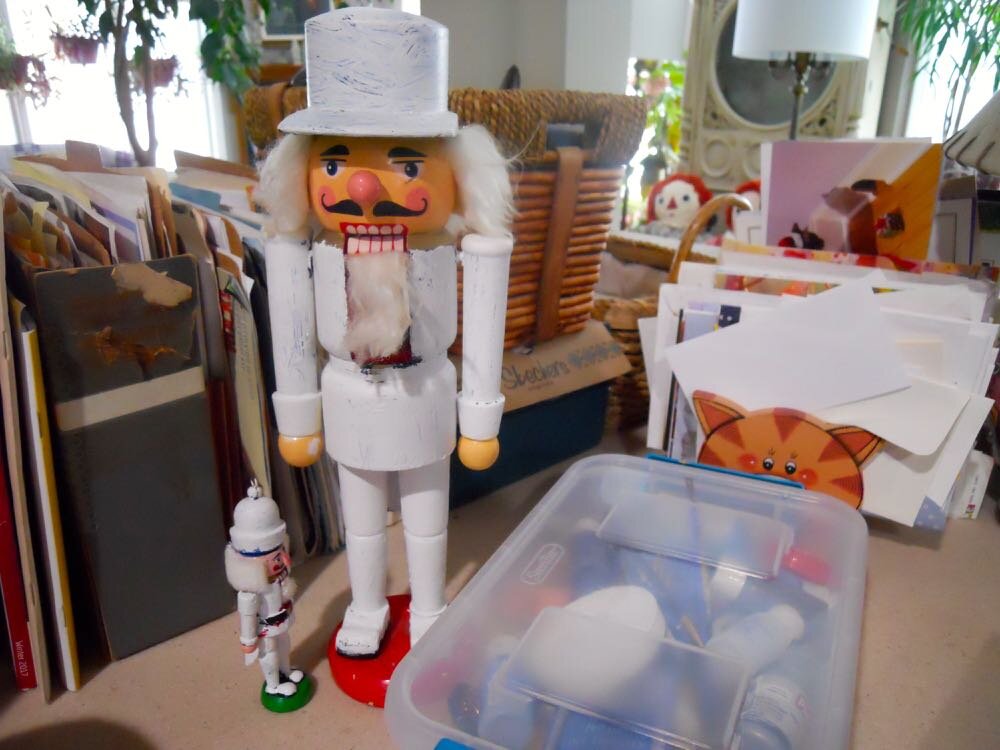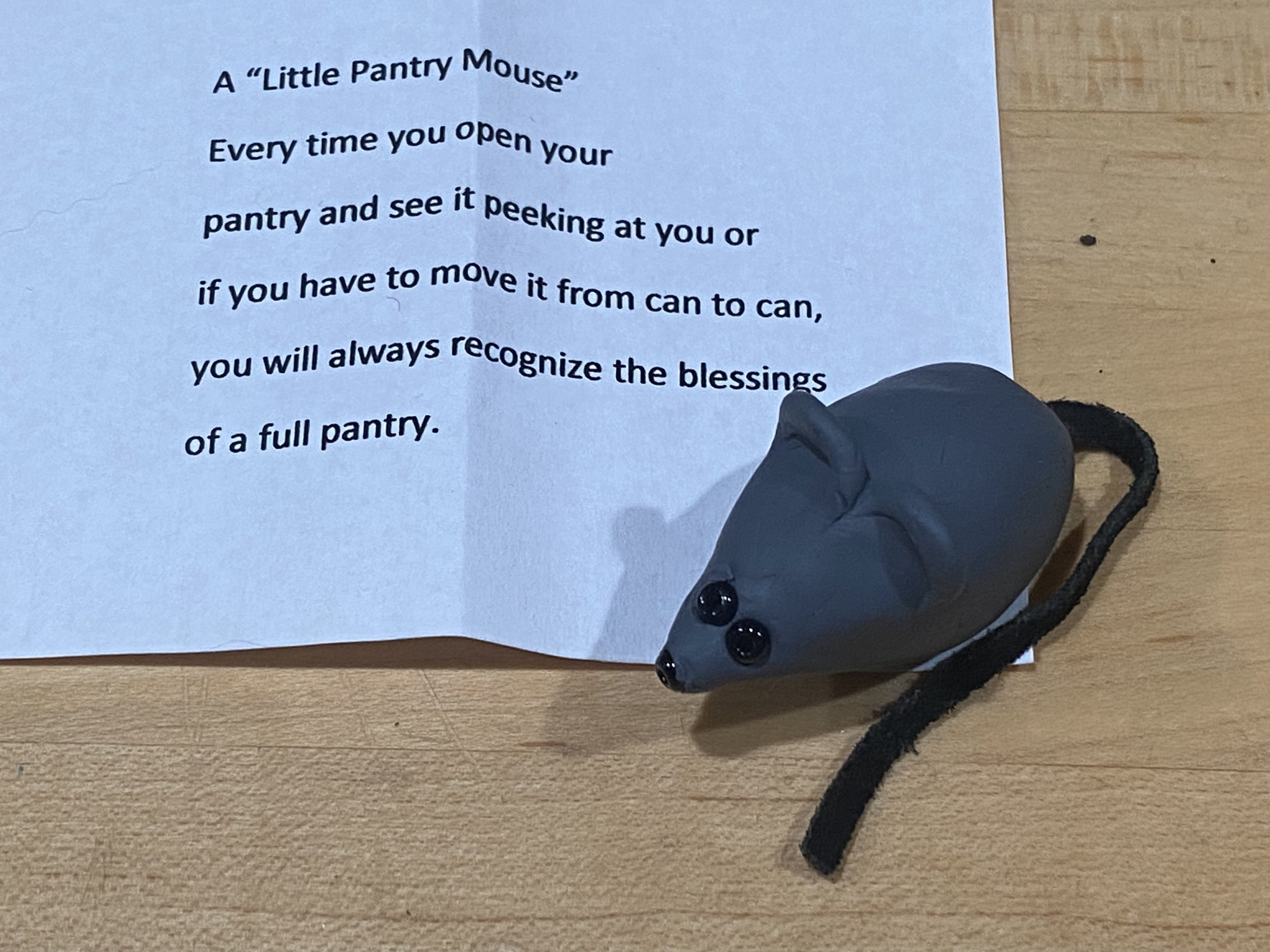Holiday Decor Ornaments
/This favorite Christmas tree ornament now decorates a side table (Photo by Charlotte Ekker Wiggins)
Holiday Decor Ornaments
I don’t know how many boxes of Christmas tree ornaments you have but I have a storage trunk full, ornaments that my parents treasured as well as ones kids have made over the years.
Can’t remember what year it was but I know it was one where I was pressed for time. I still wanted to have a little holiday decor around the house. I had the storage trunk with the ornaments open. I realized I didn’t have time to put up a Christmas tree so I picked a few non-breakable ornaments and scattered them through the house.
I have been doing the same thing ever since.
If you are looking for a very easy way to add a hint of the holidays to a room, pick out a few Christmas tree ornaments and set them on tables among your furniture. The little yellow cat ornament holding up a mouse that has mistletoe behind its back gets a place of honor in my house. It’s so charming and so appropriate for a house with two cats who do a very poor job of mouse patrol. Suppose it’s the mistletoe?
Nutcrackers are also a favorite Christmas tradition. I either attended the ballet at various performances around the world or, when I was much younger, was actually one of the background ballerinas in a performance. It’s probably why I have this Holiday Traditions lap quilt throw hanging from a wall in my basement to mark the season - nutcrackers mean Christmas to me.
The nutcracker in my Holiday Traditions Lap Quilt Wall Hanging in basement. (Photo by Charlotte Ekker Wiggins)
Several years ago I found these mice nutcrackers on sale after the holidays. Seeing how well they stood on their own, I picked up four so that I could have a little mouse band. Last year they “entertained” me from a book case; this year they are on a small bathroom vanity.
I recently asked a friend who was admiring the mice nutcrackers if she noticed that they were ornaments. She had to go back to the bathroom to spot the ornament rings on the top. She said she assumed the rings on top were part of their uniform.
Mouse nutcracker ornaments entertain visitors in a bathroom. (Photo by Charlotte Ekker Wiggins)
A friend of mine likes to give family members an ornament a year marking something they accomplished the past year, adding a date on the bottom of the ornaments. Wouldn’t those be fun to set out as holiday decor and to celebrate the years that have gone by.
This snowlady ornament spends all of winter on my desk. (Photo by Charlotte Ekker Wiggins)
I don’t have that kind of collection marking every year. I do have tried and true ornaments like this snowlady gardener ornament, vintage cat salt shaker and now a bee that are keeping me company at my desk.
The snowlady ornament was given to me when I first became a master gardener 10 years ago. She has sat on fireplace mantels, book cases and a desk or two. This year she inadvertently joined my little vintage yellow cat salt shaker and a happy bee on my desk. I didn’t deliberately put them there, they ended up there as we moved furniture for wall painting. I’m good with the little vignette, though, seems appropriate to have all of them grouped together.
We all have Christmas tree ornaments with memories. Why not have them out, even if you don’t have time, or room, to put a Christmas tree?
This is an easy way to celebrate the holidays and spend a few weeks visiting with the memories these old friends hold.
Charlotte



















